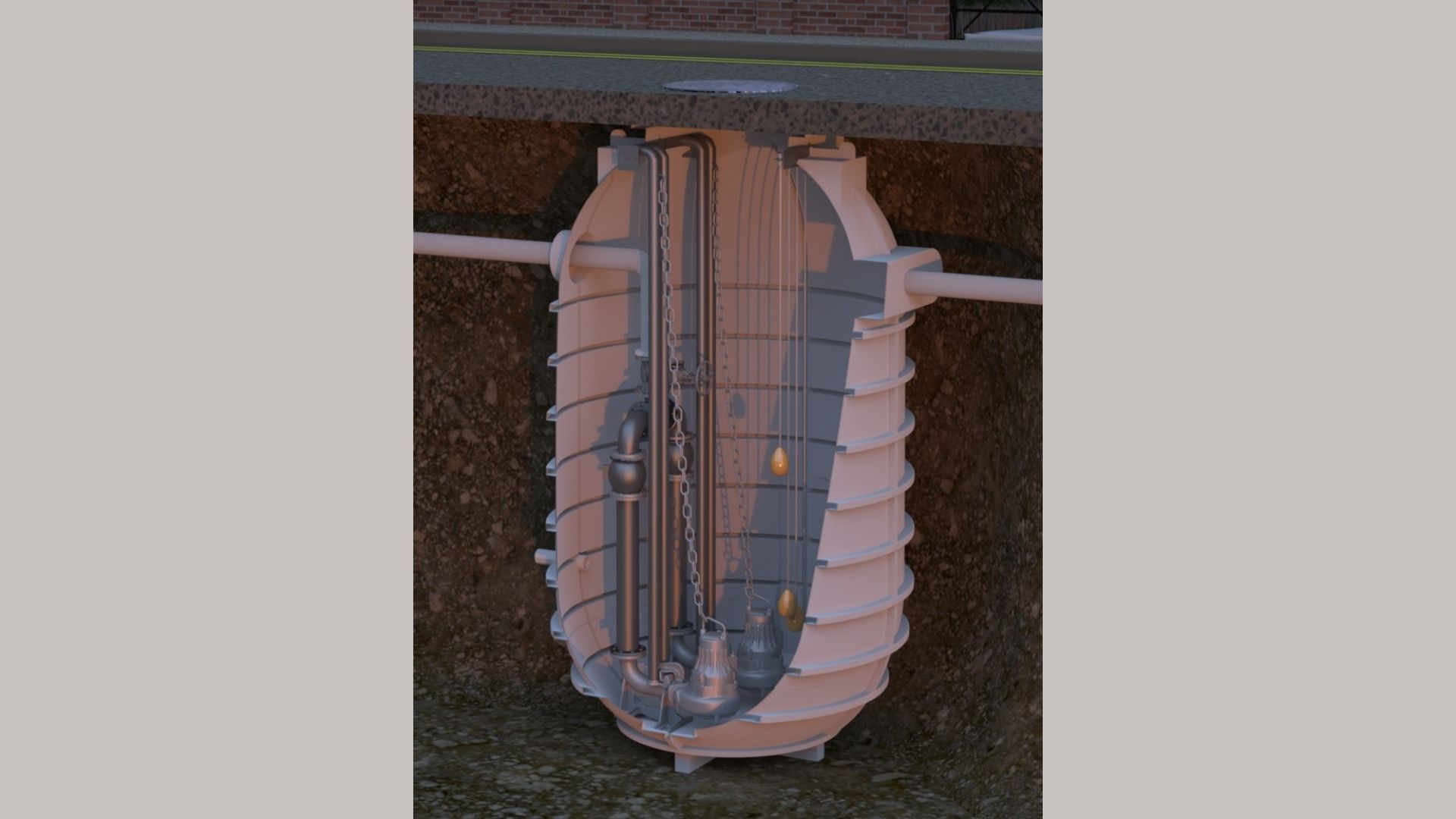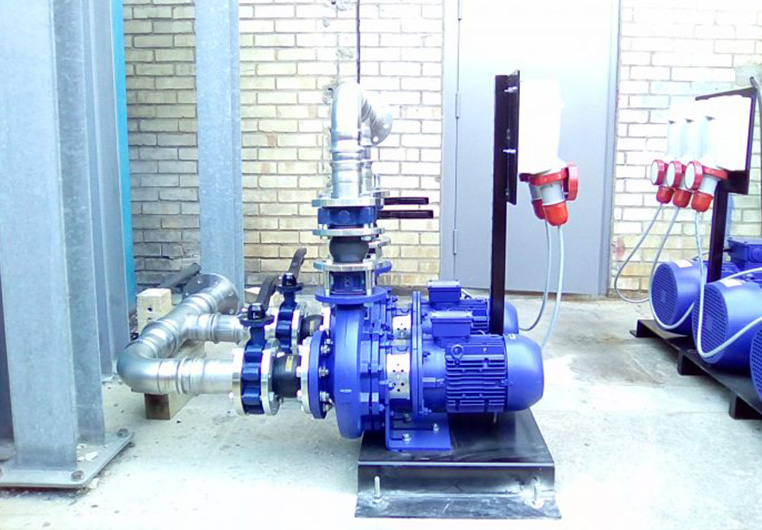What Is The Best Type Of Non-Return Valve Used On Sewage Pump Stations?
 Posted on 27th May, 2022 by Ozz
Posted on 27th May, 2022 by Ozz 
Non-return valves (NRV), also referred to as check valves, prevent the pumped liquid from re-entering the direction it comes from (or flowing back). They are installed on the discharge side of the pump.
There are two main types of non-return valve used in sewage pump stations: the most traditional type is the flap valve, with the newer type being the ball check valve.
Flap Valves

The flap valve (or swing check valve) is designed to swing in one direction. They simply have a flap which opens with the flow of the liquid being pumped, and then shuts as the liquid tries to return – typically sealing against a brass or rubber seat.
Ball Check Valves

The ball type non-return valve has a rubber ball inside which is pushed out of the way as the flow of the liquid hits the ball. This creates a full bore passage whilst the liquid is being pumped; once the flow is stopped, the ball falls back into position and seals any liquid to pass backwards.
What type of non-return valve is best?
When selecting the right non-return valve for your sewage station, it’s important to consider the key disadvantage of flap valves is that rags, wet wipes and fibrous items can catch onto the edges of it causing blockages, whereas in contrast the round ball option will not allow any debris to attach to it.
With this in mind, Dura Pump always recommends ball check non-return valves as the most efficient and most reliable valve for a sewage pump station. We’ve also proved this by replacing flap NRVs which were experiencing regular blockages with the ball check valves, resulting in fewer blockages and increased efficiency for our customers.






